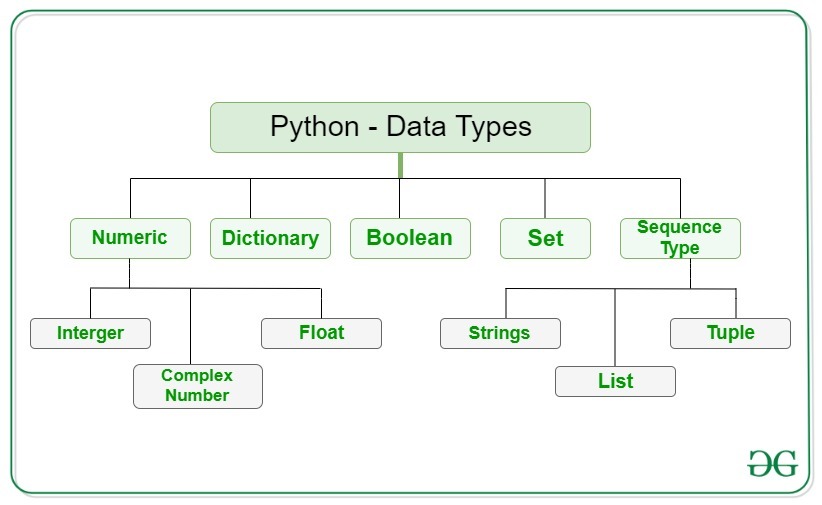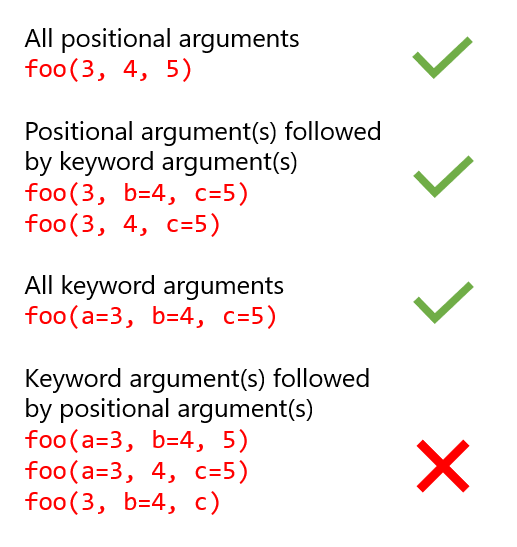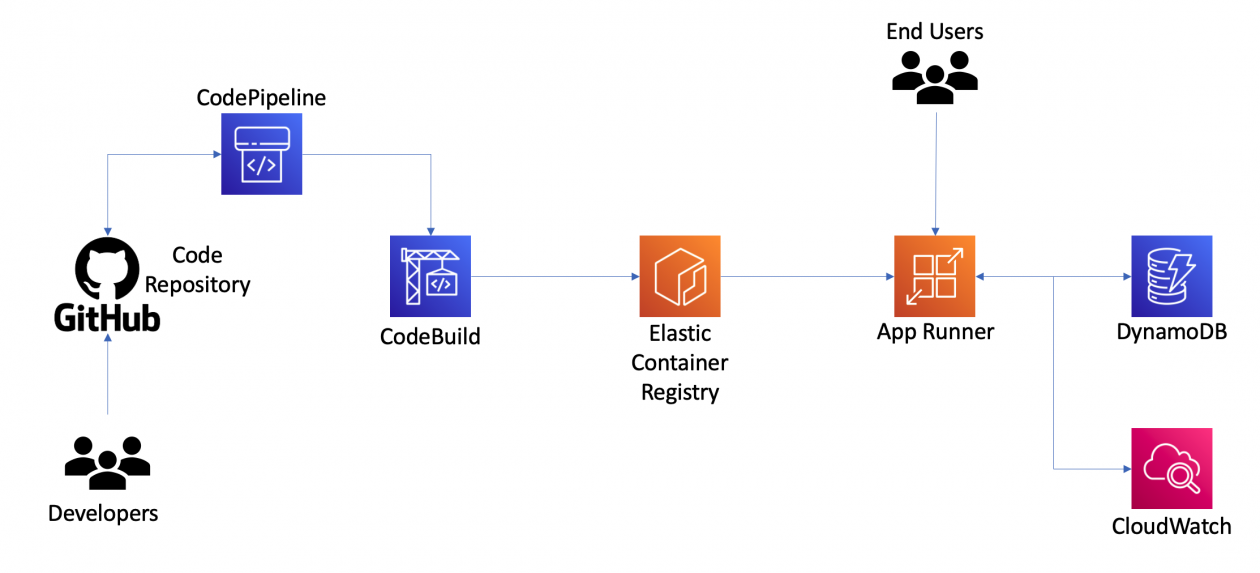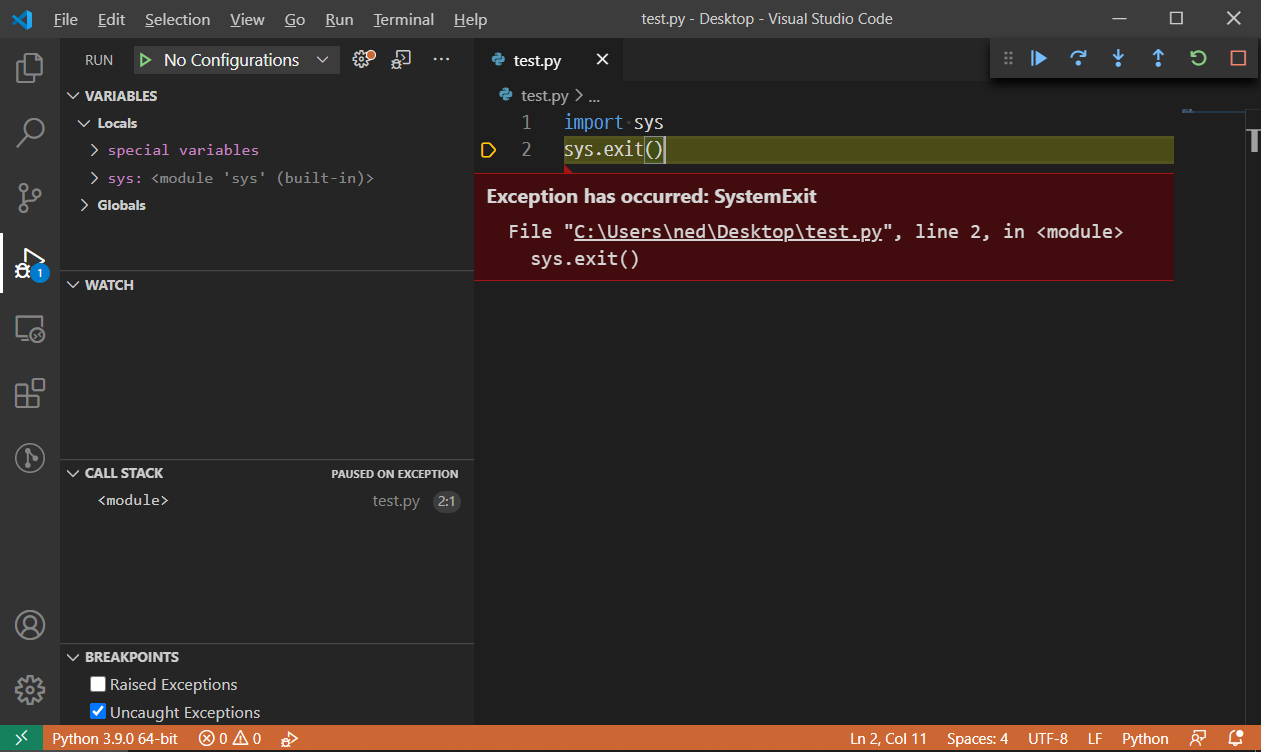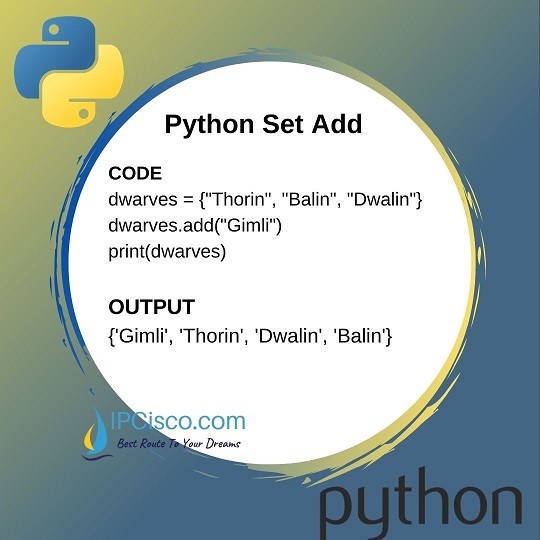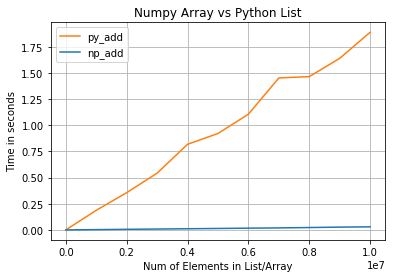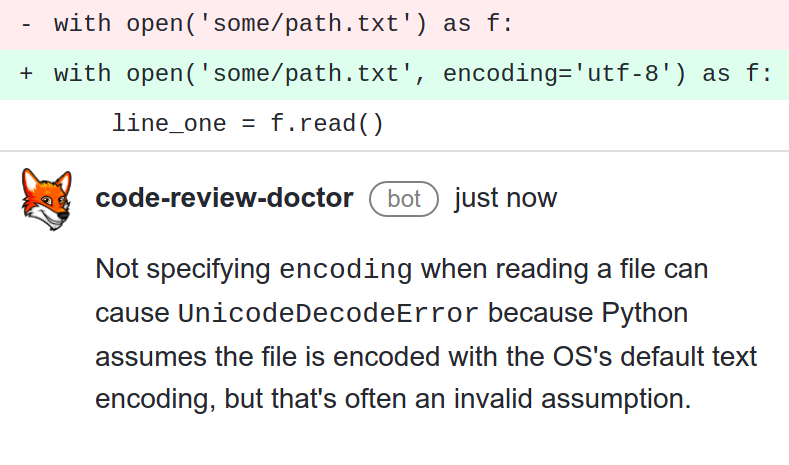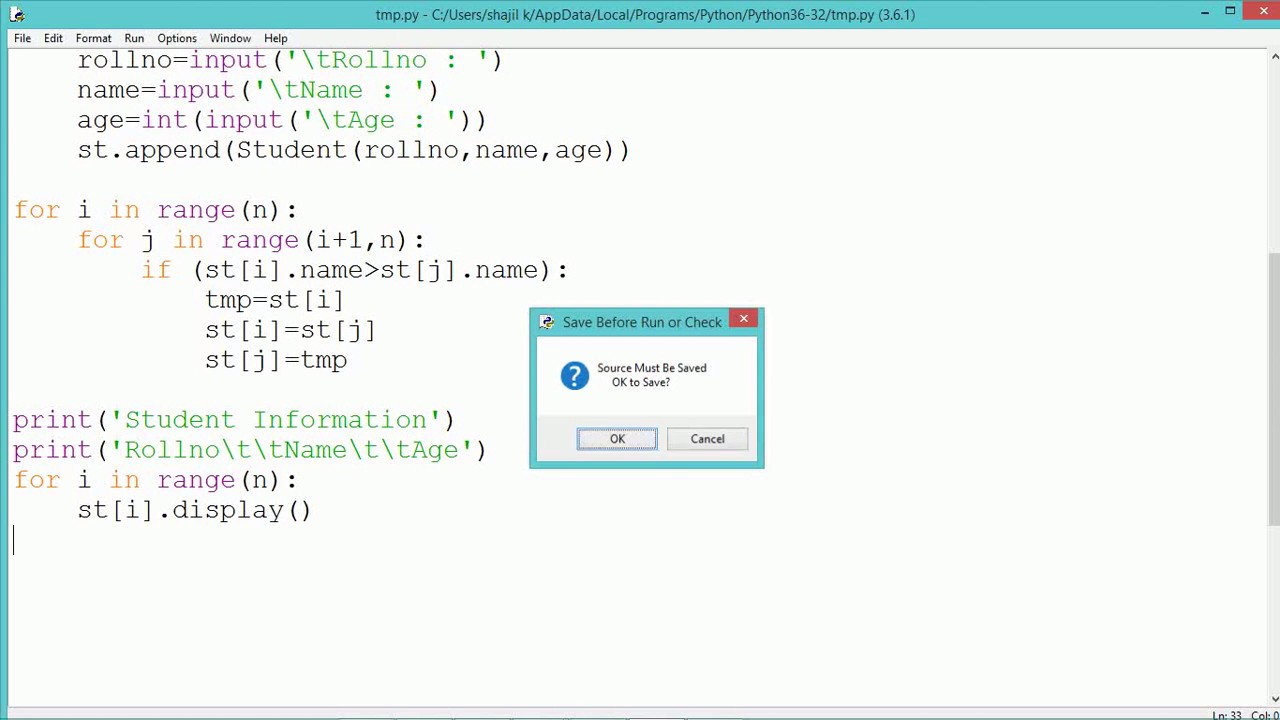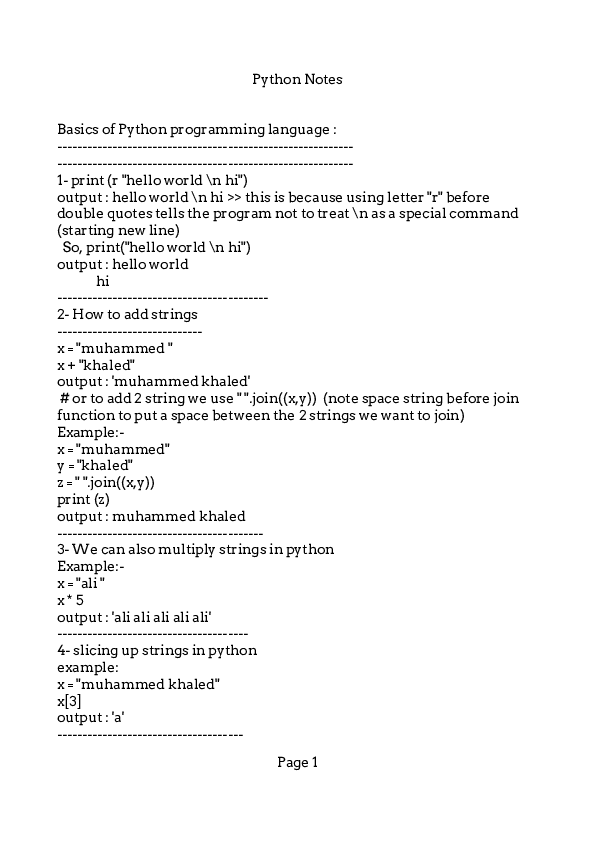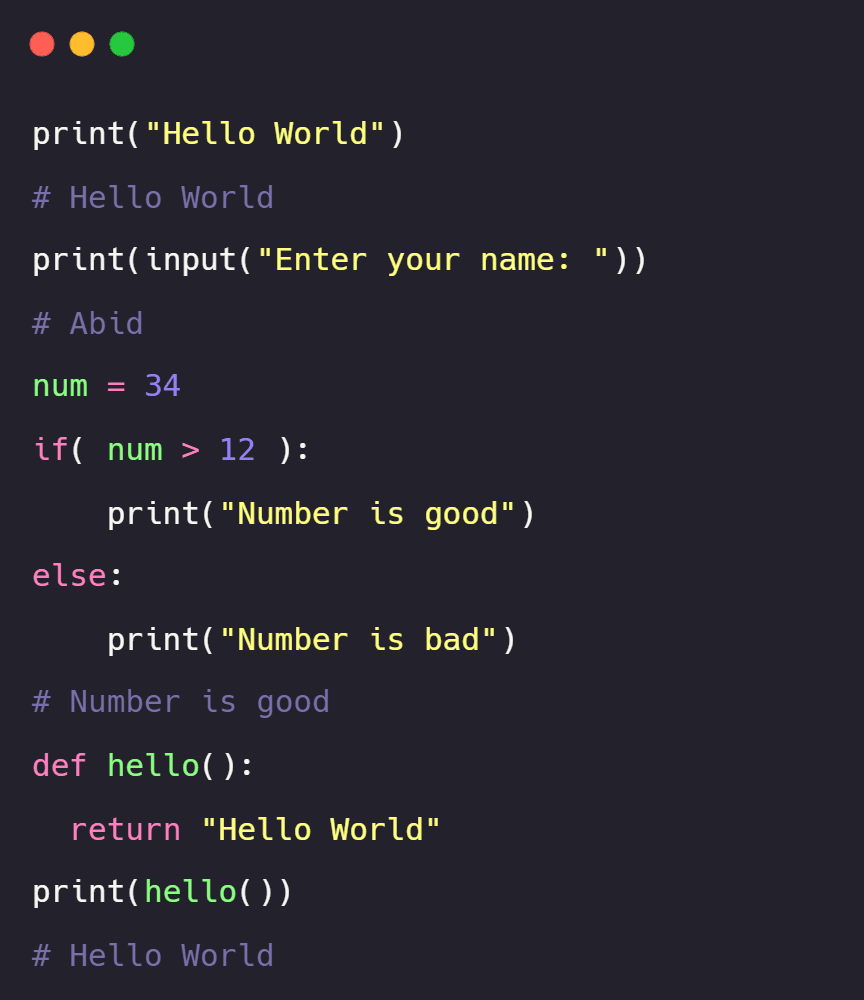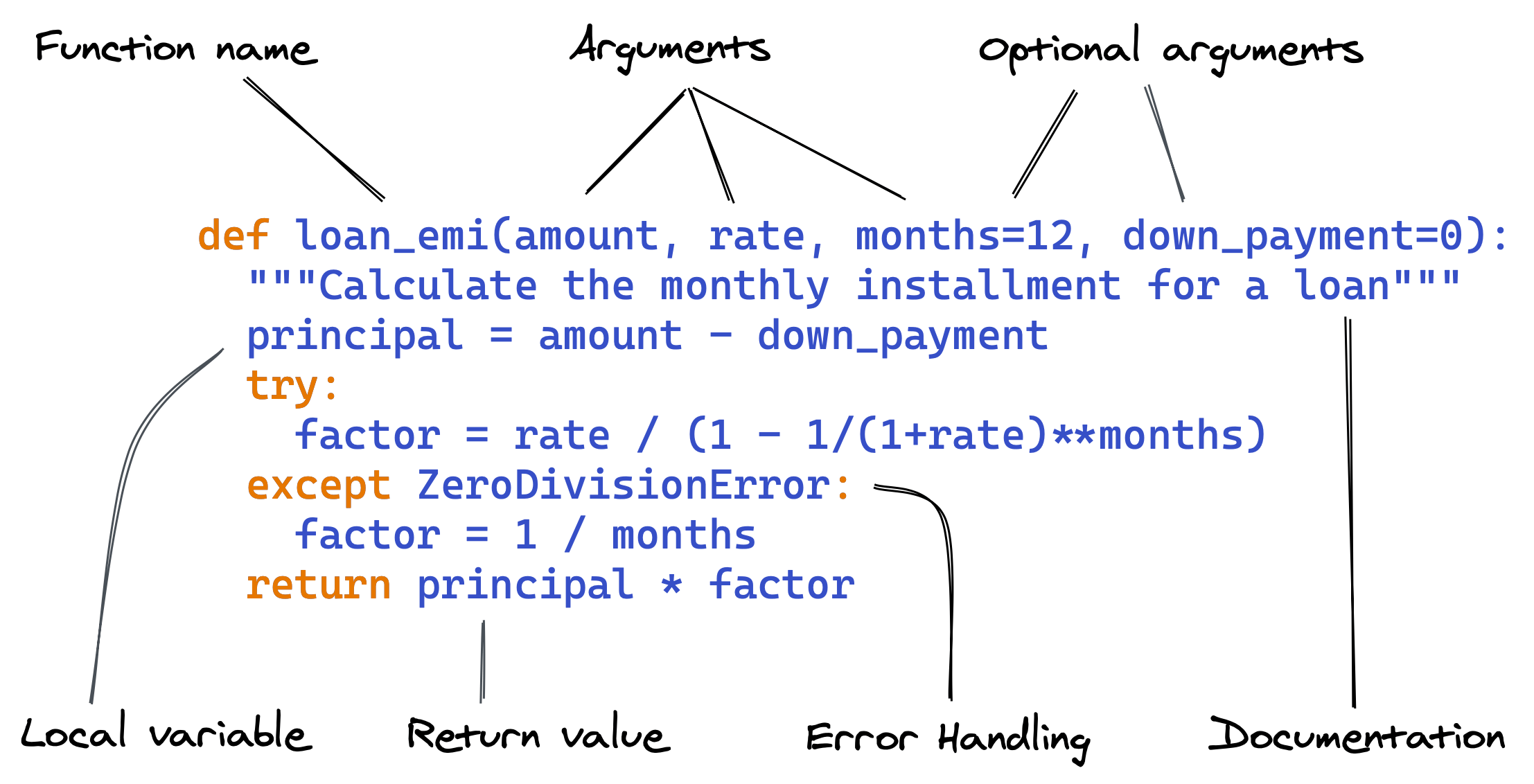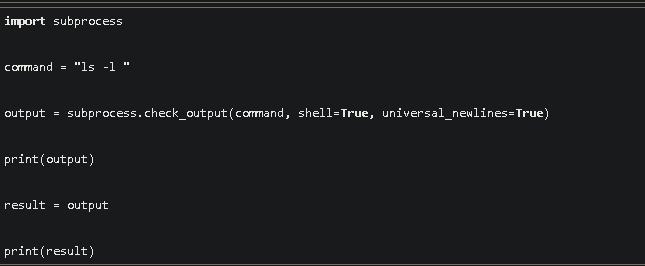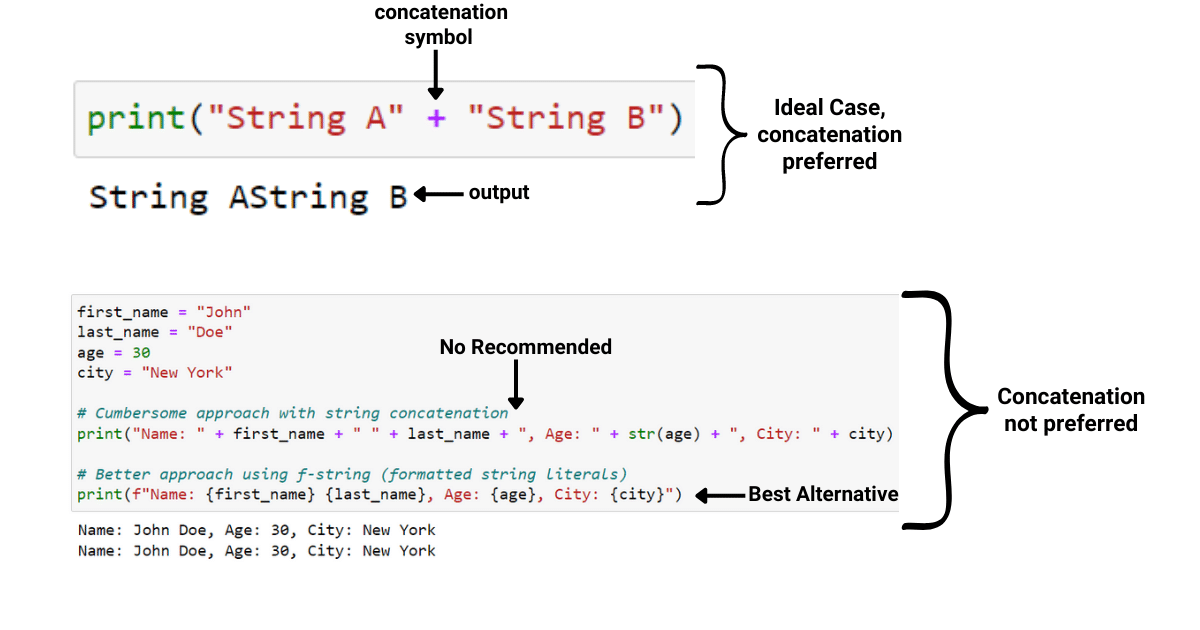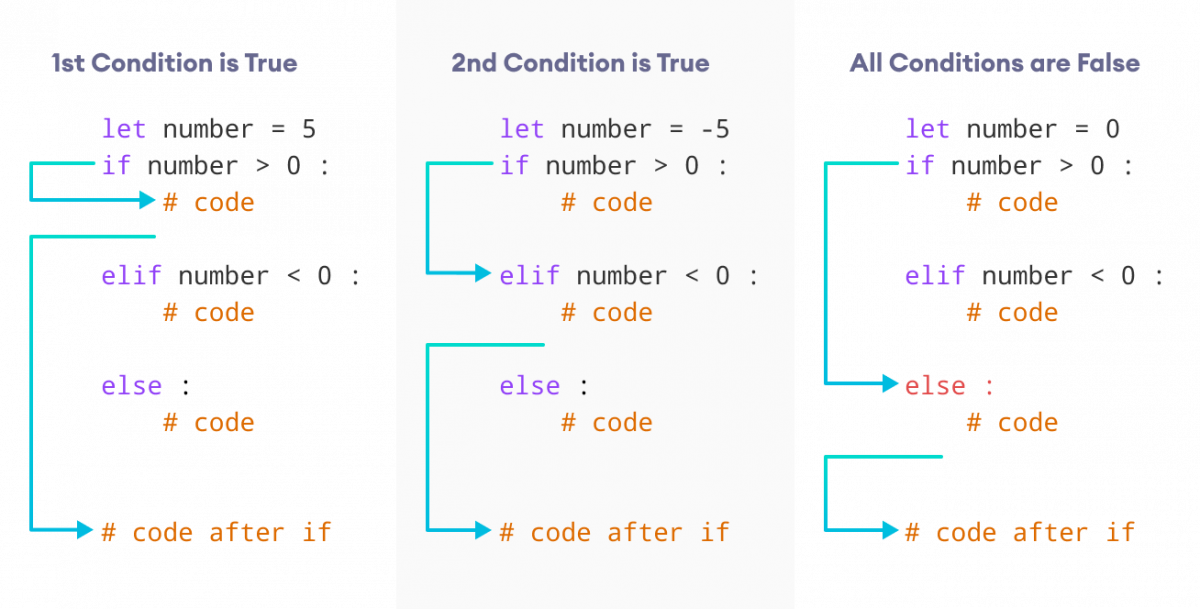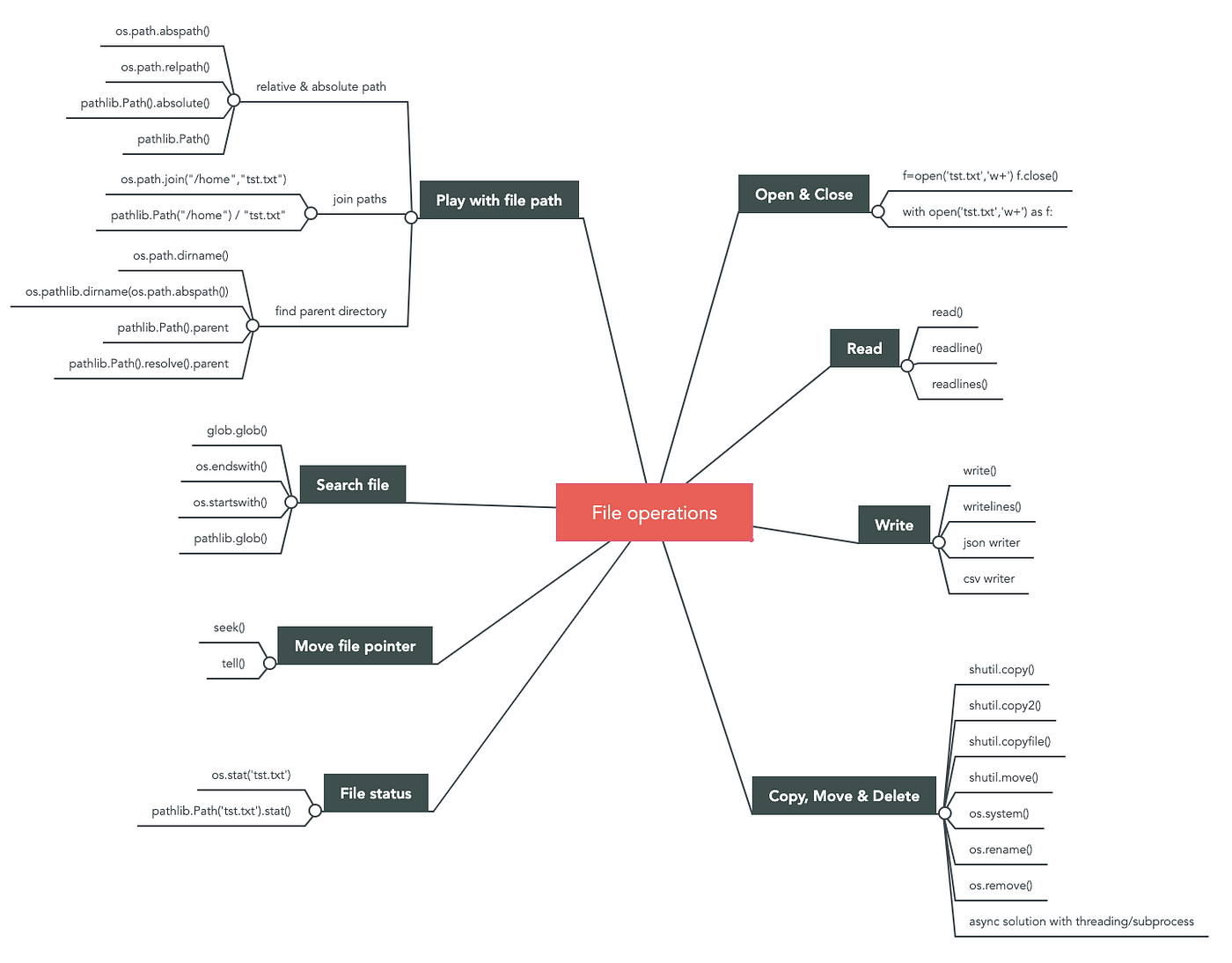What is __ variable __ in Python?
What is __ variable __ in Python?
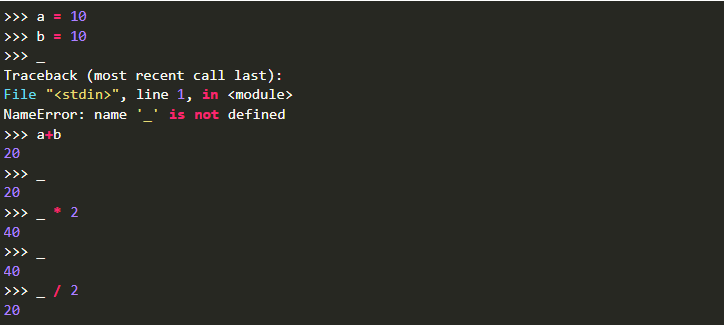
I'm happy to respond in English for this question!
In Python, a variable is a name given to a value stored in the computer's memory. Variables are used to store and manipulate data in your program.
Variables are declared using the = operator, followed by the value you want to assign to it. For example:
x = 5
y = "hello"
z = [1, 2, 3]
In this example, we are assigning the values 5, "hello", and [1, 2, 3] to variables x, y, and z, respectively.
Variables can be used in various ways, such as:
Assigning a value:x = 10 Printing a value: print(y) Using a variable in an expression: result = x + y
In Python, you don't need to declare the type of variable before using it. This is known as dynamic typing. This means that you can assign different types of values to the same variable, without explicitly declaring its type.
x = 5
print(x) # prints: 5
x = "hello"
print(x) # prints: hello
Variables are also case-sensitive in Python, meaning that my_variable and My_Variable are considered two different variables. It's a good practice to use underscores instead of camelCase (e.g., my_variable instead of myVariable) for variable names.
In addition, there are several built-in data types in Python that can be used as variables, such as:
Integers:x = 5 Floats: y = 3.14 Strings: z = "hello" Boolean values: x = True or y = False Lists: my_list = [1, 2, 3] Tuples: my_tuple = (1, 2, 3) Dictionaries: my_dict = {"name": "John", "age": 30}
In conclusion, variables in Python are used to store and manipulate data. They can be assigned different values and used in various ways throughout your program.
Please let me know if you have any further questions or concerns!
Python variables list
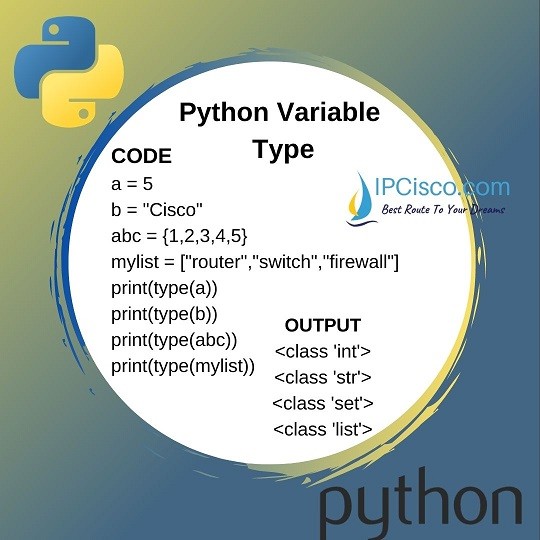
Here's a list of Python variables and their meanings:
x and y: These are often used as coordinates, especially in graphics or game development. For example:x = 10 sets the x-coordinate to 10. age: As its name suggests, this variable is often used to store an integer value representing a person's age. Example: age = 25. name: This variable stores a string value, typically a person's full name or a file name. For example: name = "John Doe". score: In games or quizzes, this variable is used to keep track of the score. It can be an integer or a floating-point number, depending on the game mechanics. Example: score = 95.
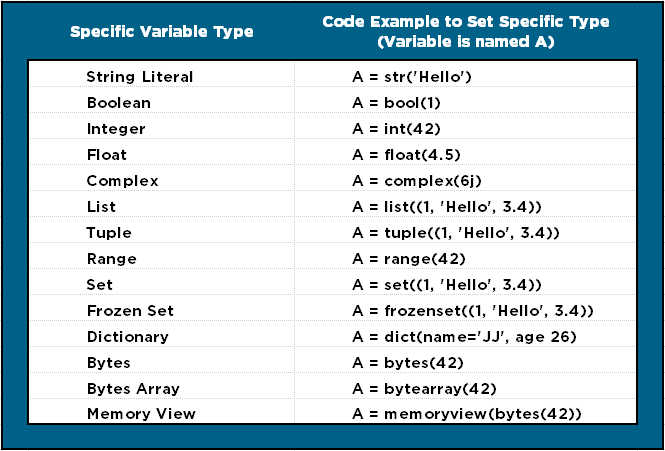
temperature = 25.5 (Celsius) or temperature = 78.2 (Fahrenheit). student_id: In educational settings, this variable is often used to identify students and their records. Example: student_id = "S1234". password: This variable stores a secret password for authentication purposes. Always keep passwords secure! Example: password = "mysecretpassword" (Note that you should never actually hardcode a password like this in production code). date_of_birth: This variable is used to store the birthdate of an individual, often in ISO format (YYYY-MM-DD). For example: date_of_birth = datetime.date(1990, 6, 12). longitude and latitude: In geospatial applications, these variables represent the geographical coordinates (in decimal degrees). Example: longitude = -122.084051 and latitude = 37.385296. speed: This variable might store velocity values in units like miles per hour or kilometers per hour. For example: speed = 60 mph. height: In physics, biology, or architecture, this variable stores height values in units like meters, feet, or inches. Example: height = 1.83 (in meters). mass: This variable represents mass values in units like kilograms, grams, or pounds. For example: mass = 70.5 kg. time: In timing-related applications, this variable stores time values as hours, minutes, seconds, milliseconds, etc. Example: time = datetime.time(10, 30) (10:30 AM). rating: This variable represents a rating value on a scale of 1 to 5, often used in product reviews or customer feedback systems. Example: rating = 4. price: In e-commerce, this variable stores the price of an item in units like dollars, euros, or yen. Example: price = 19.99 USD.
These are just a few examples of Python variables and their meanings. In general, you can name your variables almost anything that follows standard naming conventions (like camelCase or underscore notation) as long as it's not reserved or already defined in the Python language.
